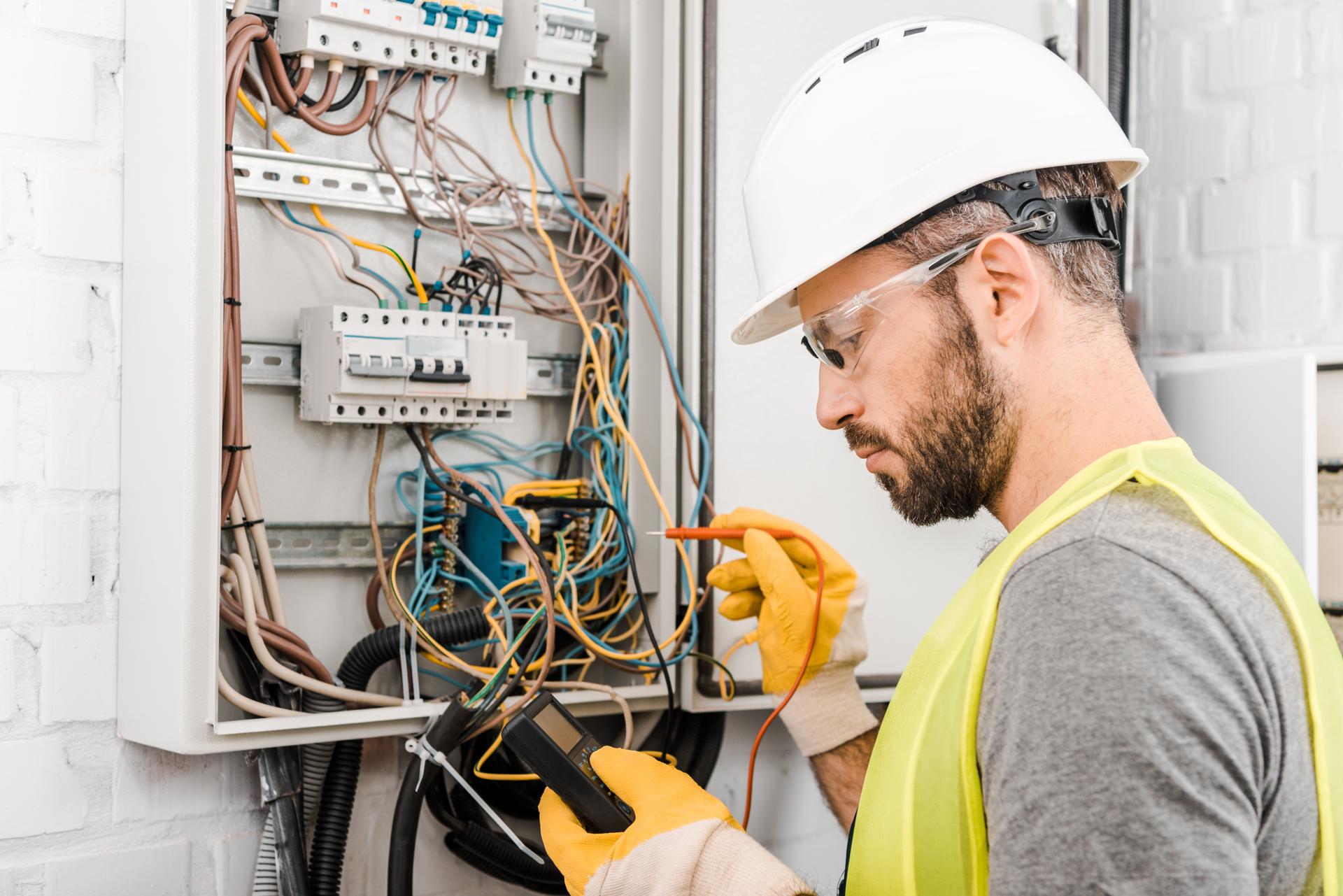The Science Behind Electrical Wiring in Your Home: A Layman's Guide

Electricity is a vital part of our life, powering everything from the lights of our homes to the devices we use on a daily basis. But electricity systems are complicated making it difficult to understand how they work can be challenging. In this article, we’ll break down the components of an electrical system and explain how circuits work to power devices and appliances. Our residential electricians can handle any electrical jobs you need.
The components of an electrical system
An electrical system has several important components that work to supply power to a home. They include:
Breaker box: the central distribution point for electrical energy in a house in which the power is divided into several circuits
Switches and outlets: points where electricity is delivered to devices and appliances
Wiring: the electrical wires that transport power from the breaker box to outlets and switches
Electrical appliances and devices: devices and appliances that use electricity for their functions.
Electrical Circuits
An electrical circuit is a pathway that allows electricity to flow from the main source (the the breaker box) to appliances and devices within the home. There are two kinds of electrical circuits that can be found in homes which are 120-volt circuits and circuits that are 240-volts. 120-volt circuits are utilized for the majority of household appliances and appliances, whereas the 240-volt circuits are utilized to power larger appliances, such as dryers, air conditioners and electric ones.
Electrical circuits work by creating the loop which allows electricity to be transferred from the source to the device or appliance. The loop is made up of a hot wire which is the conduit for electricity and a neutral wire which completes the circuit as well as a ground wire that provides a path for electricity to reach the ground in the event the fault occurs.
Understanding Electrical Wiring
Electrical wiring is available in a variety of different types, including non-metallic sheathed cable (NM) as well as armored cables (AC) and conduit. Each has its advantages and drawbacks, and the choice of the type of wiring is based on the specific requirements of the installation.
Electricity travels through wiring through a flow of electrons that travel through the wire. The electrons flow through the wire from source, to device or appliance, and back to the source using the neutral wire. It’s essential to ensure that the wiring is put in place and maintained correctly, as improper wiring can cause electrical dangers like shocks and fires.
Common Electrical Problems
The most frequent electrical problems found that homeowners face include tripping the breakers, flickering lights and dead outlets. These issues can be caused by a variety of factors such as overloading circuits poor connections, or faulty wiring.
If you’re experiencing any of these issues it’s essential to identify the root cause and take actions to rectify the issue. In certain instances it may be necessary to contact an accredited electrician to examine and fix the wiring.
Conclusion and Call to Action
In the end, knowing how electrical wiring works is crucial for ensuring the security and reliability of the electrical system in your home. By adhering to the guidelines laid out in this document, you can stay safe and prevent potential hazards.
Should you ever have concerns or questions about your home’s electrical system do not hesitate to call Local Electrician Maroubra. Our team of licensed electricians has the experience and knowledge to meet your electrical needs. Contact us at 1300 610 481 to schedule a appointment.
FAQ
What are the symptoms of a faulty electrical wiring?
Signs of faulty electrical wiring could include tripping breakers flickering lights, or dead outlets, among others.
How often should I schedule the electrical system of my house checked?
It is recommended to have your home’s electrical system checked by an accredited electrician every 10 years.
What is the life expectancy for electrical wires?
The life expectancy of electrical wiring is based on a variety of factors, including the kind of wiring used, the environment it’s installed in, and the standard of installation. The majority of electrical wiring lasts at least thirty years, or even more, with correct installation and care.
Do I need to fix electrical issues myself or should I always hire an electrician?
While some electrical issues can be fixed by homeowners, it is advised that you employ a licensed electrician for most electrical repairs. Attempting to fix electrical problems with no proper training or experience can be dangerous and could cause injuries or damages to your home.
What should I do if encounter an electrical problem in my home?
In the event of an electrical emergency the first step is to turn off the power supply to the affected area by shutting off the breaker or the fuse. After that, you should contact an accredited electrician to examine and fix the problem as quickly as is possible.
By following these guidelines By following these rules, you can ensure safety and reliability of your home’s electrical system and prevent possible dangers. Be aware that when you need repairs to your electrical system or installations, it’s always recommended to rely on the professionals. Contact Local Electrician Maroubra at 1300 610 481 to discuss all of your electrical requirements.
